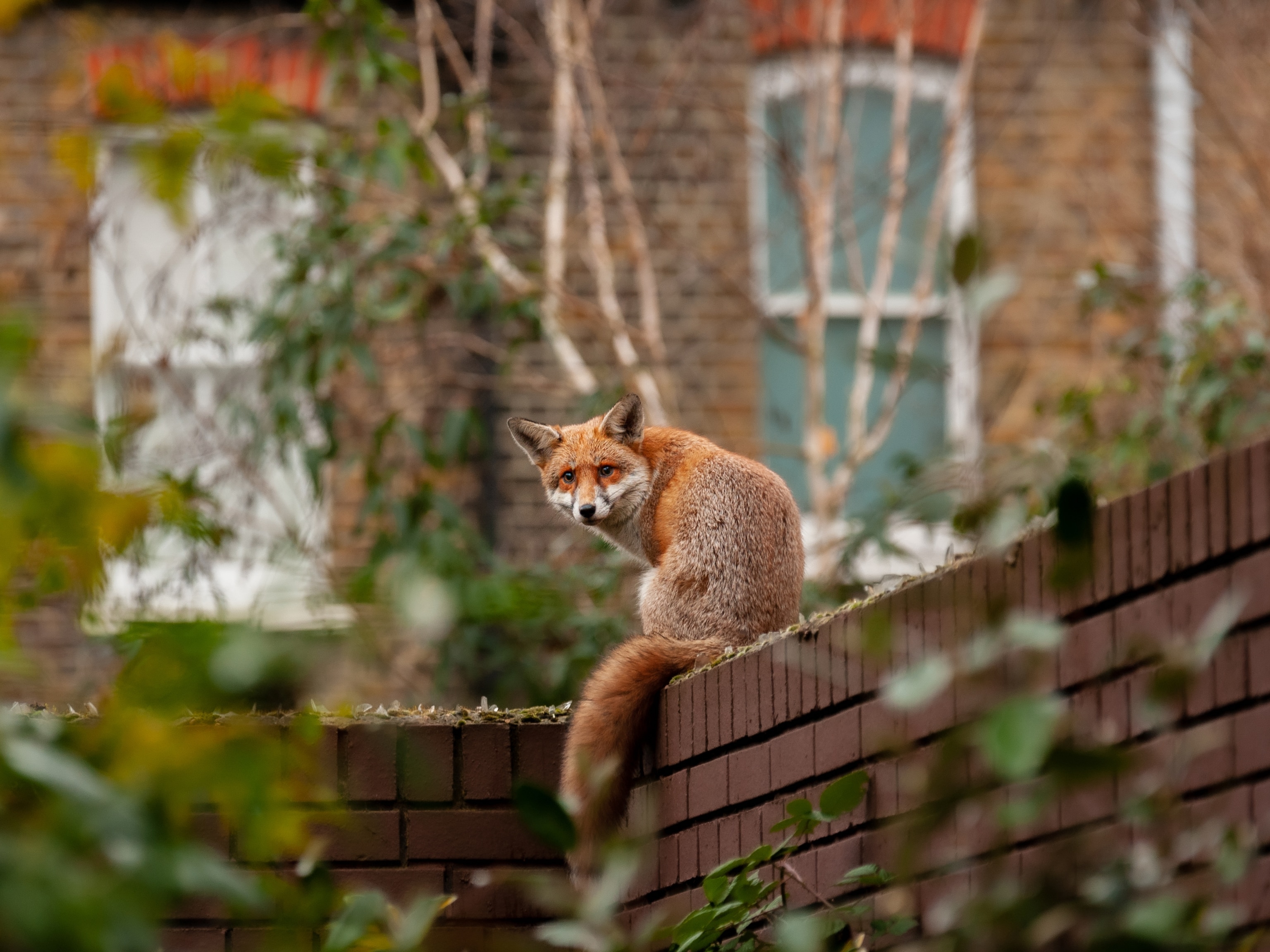Red Pandas Rescued—Are These Animals the Next Black Market Pet?
A seizure of the endangered animals in Laos hints at growing interest in them.
Poaching for the exotic pet business, from talking parrots to nocturnal primates, harms millions of wild animals and threatens their populations. Could endangered red pandas—about the size of a house cat and known for their adorable looks—be the next in-demand species?
That’s a question on the mind of Rod Mabin, regional communication director for Australia-based Free the Bears, a conservation organization that runs sanctuaries in Southeast Asia. On January 13 his team helped customs officials in Laos rescue six red pandas. They were found during a random inspection of a van about 10 miles from the Chinese border.
According to Mabin, the incident marks the first time red pandas have been seized in Laos and is likely the biggest red panda rescue to date. “It was quite a surprise for all us,” said Mabin, whose team transported the pandas to the organization’s sanctuary in Luang Prabang. “We suspect they were going into the exotic pet trade.”
The pandas—held in individual crates—were driven across an unmonitored part of the border before being placed in the van, Mabin said, citing authorities. Law enforcement officers arrested the driver, a Laotian man, who allegedly said he planned to load the animals onto a vehicle at a truck stop in the northern city of Luang Namtha. Though the driver claimed no knowledge of the pandas’ final destination, Mabin thinks that they were destined for Thailand, a hub for illegal wildlife.
Three of the pandas, which Mabin said “were looking very sick and shaking,” later died. The others seem healthy and are being monitored for diseases at the sanctuary, where they will remain indefinitely.
In the wild, red pandas live on mountainous slopes ranging from central China to Nepal, according to the International Union for the Conservation of Nature. Despite their name, the bamboo-eating mammals have their own genus and are actually more closely related to bears and raccoons than giant pandas. Their numbers have been reduced by deforestation and disease and to a lesser extent by poaching for the commercial pet trade.
Red pandas are supposed to be protected by local laws and by a treaty that bans their sale across borders, but in recent years multiple seizures of their reddish-orange hides have been made in Asia. There has also been at least one incident involving the attempted sale of their meat in China, and another in which live pandas were confiscated from a vehicle in China bound for a wildlife market.
Mabin fears that the latest bust indicates that more people want to own the wide-eyed, round-cheeked creatures, which often star in YouTube videos meant to show off their winsome appearance. “There hasn’t been much record of live red panda seizures,” Mabin said. “This is a worrying indication that they are becoming a desired species.”
Not only would increased demand for red pandas hurt their populations in the wild—the expense of breeding them in captivity makes it unprofitable—but they make poor pets, said Damber Bista, of the Red Panda Network, an organization devoted to helping conserve the animals. “The cubs could be friendly to some extent in their early days, but adults are not friendly with even other pandas,” he wrote in an email. They’re also high-maintenance, he said: They eat about a quarter of their body weight daily and can poop the equivalent of their body weight in one week.
The global pet market is booming, making it “one of the most devastating parts of the wildlife trade,” Chris Shepherd, formerly with the wildlife trade monitoring group TRAFFIC, previously told National Geographic. While some exotic pets are bred in captivity, others, such as lemurs and certain lizards, are snatched from the wild, posing a clear threat to their existence. It’s common for these animals to die during capture and transport, and even if they arrive at their new owner’s home alive, they often suffer in their new situation, unable to behave, eat, and move as they would in the wild.
As for the red pandas, “this case indicates a very awful situation,” Bista said. It “could definitely worsen" if people aren't educated about the harms associated with the illegal pet trade.








